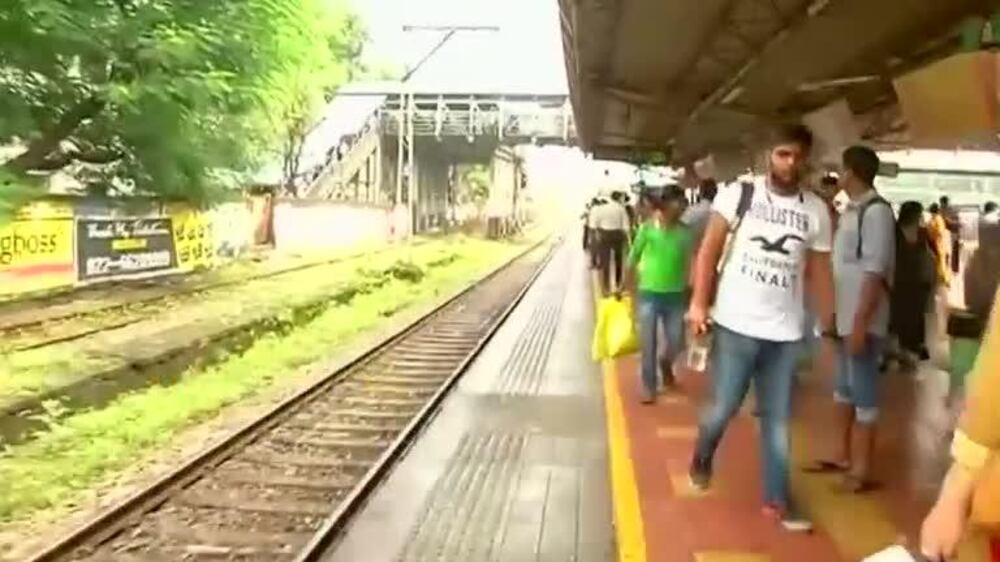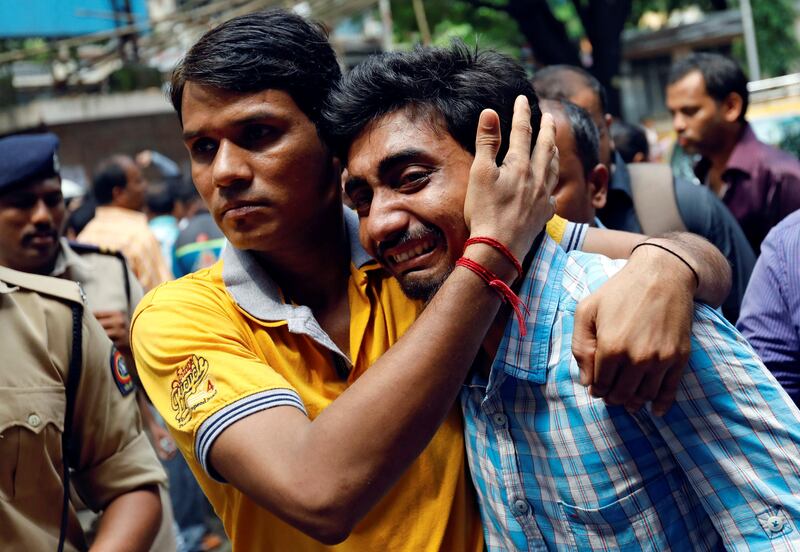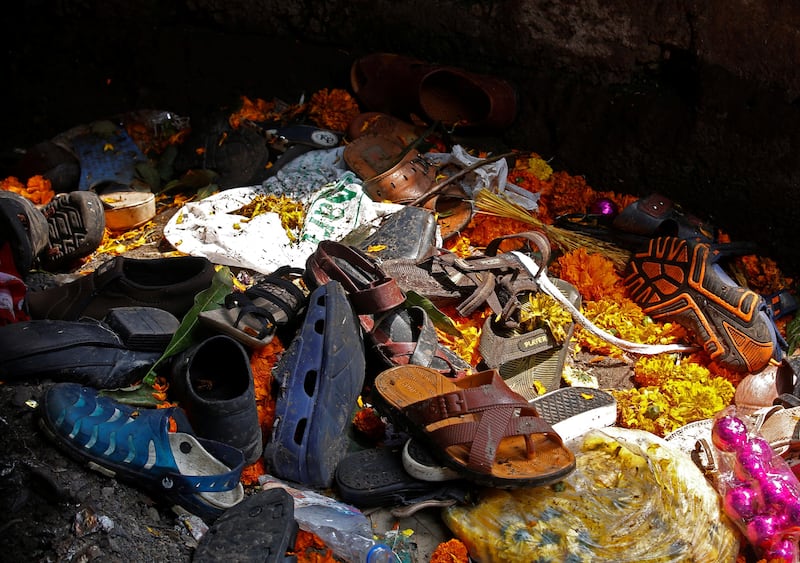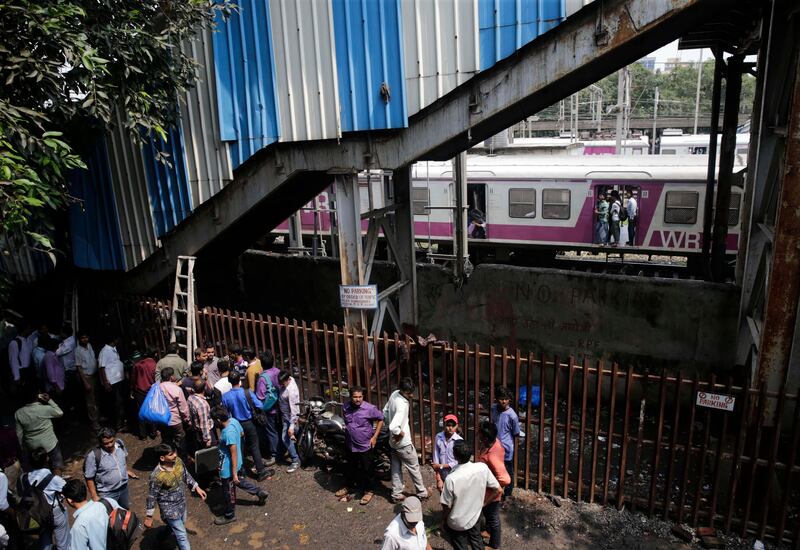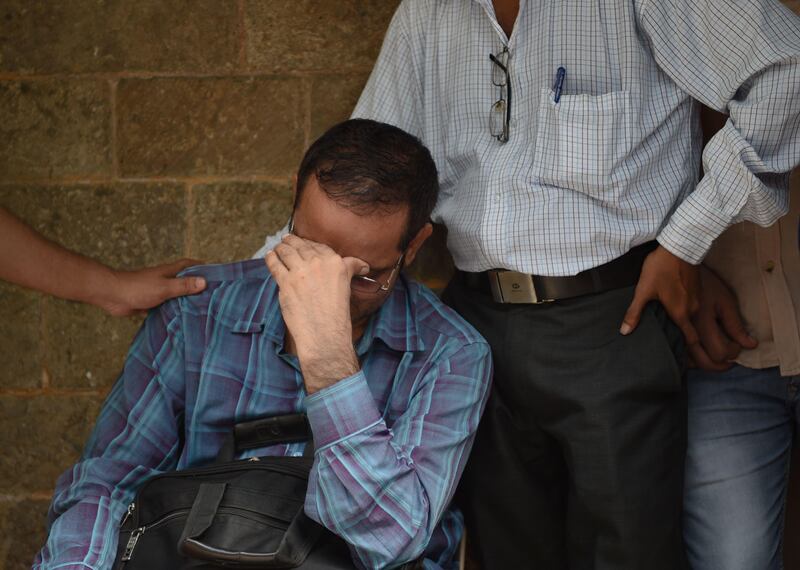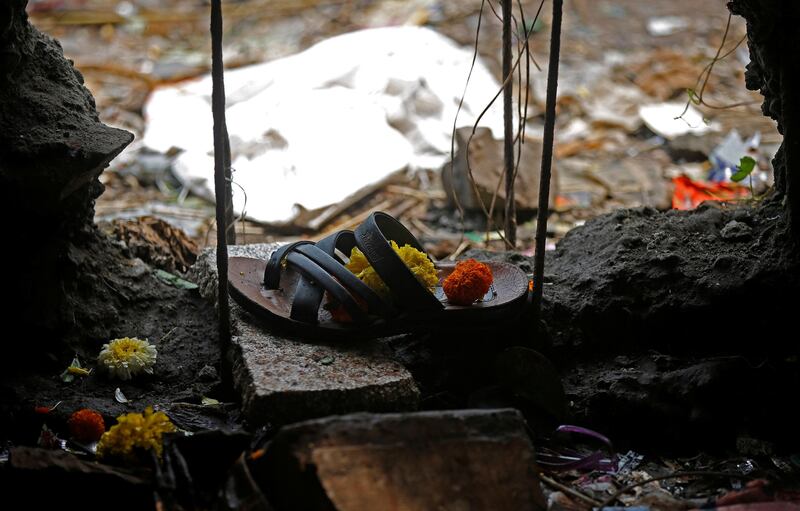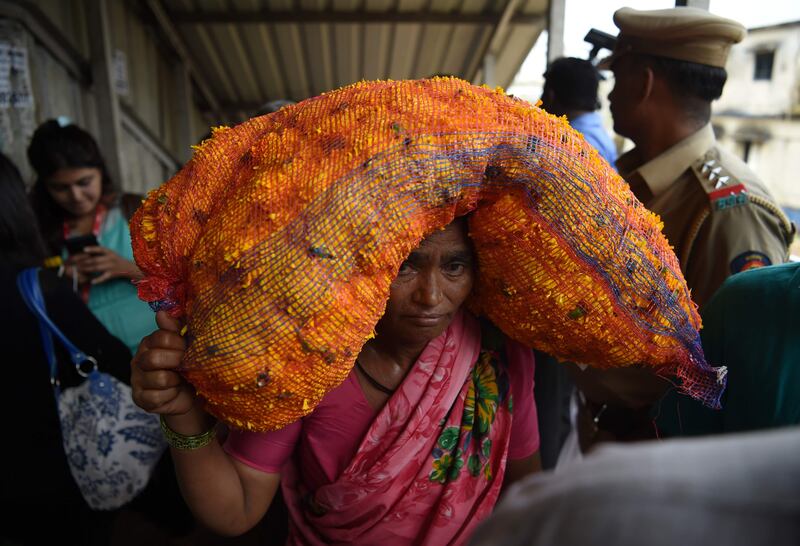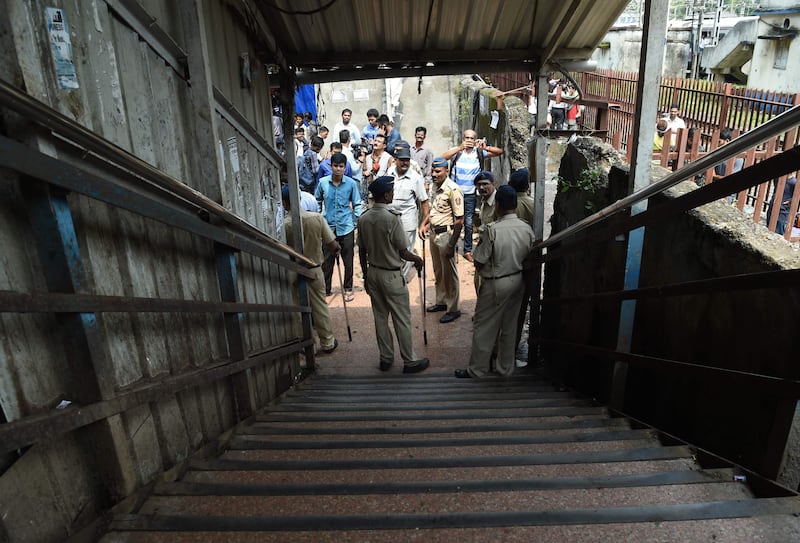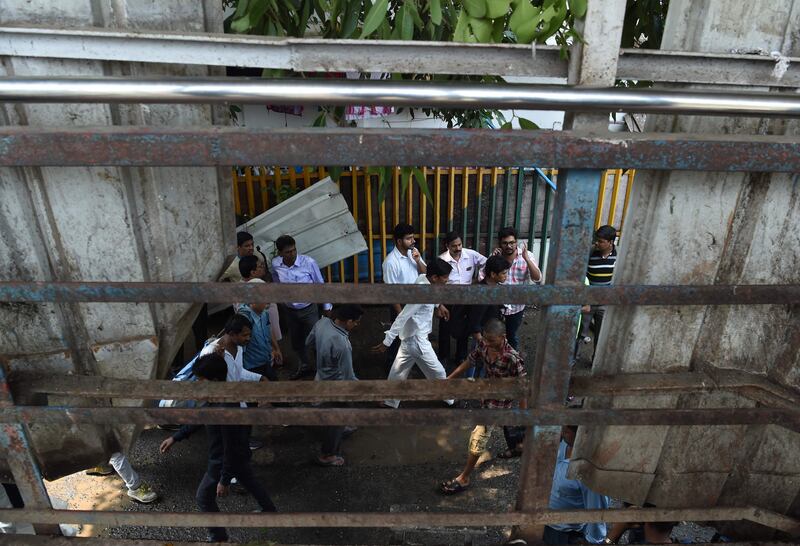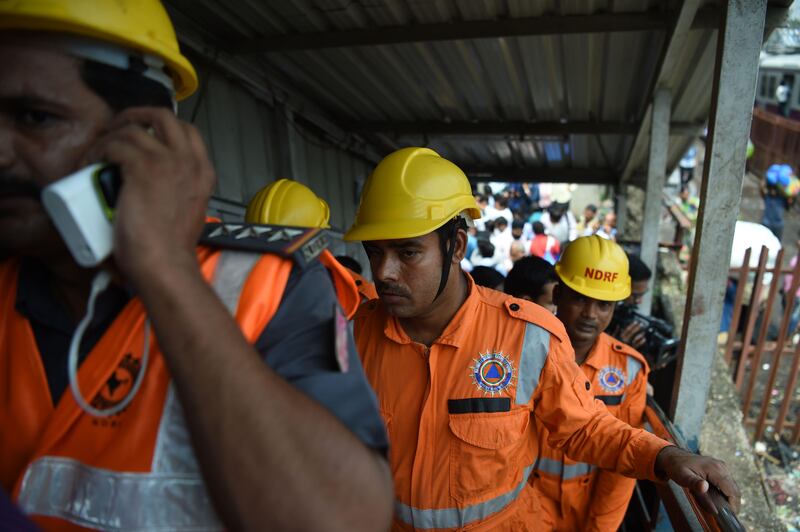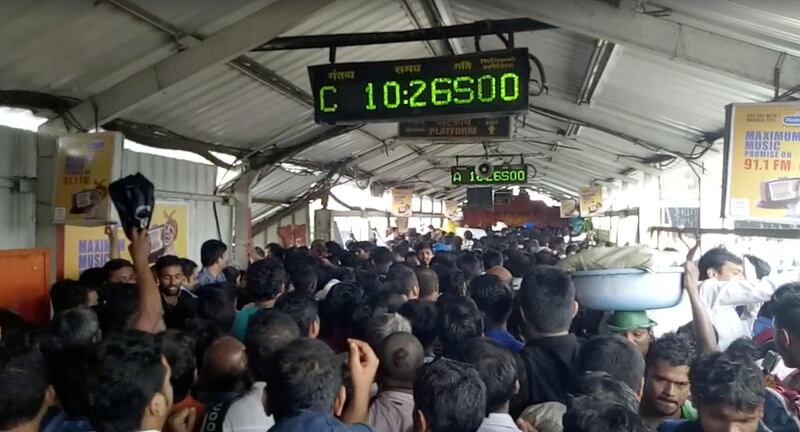At least 27 people have died in a rush-hour stampede at one of Mumbai’s suburban railway stations, which serve the city’s notoriously overstressed commuter rail network.
The stampede, which left more than 35 people with injuries, occurred at 10.30am on Friday morning on a footbridge that connects two busy stations, Parel and Elphinstone.
It was raining heavily so many people were already taking shelter under the roof of the covered footbridge when four trains on separate lines arrived simultaneously at Elphinstone. The arrivals triggered a scramble by people who wanted to cross the overbridge to get to the trains on the other side.
“Trains were rolling in and some people wanted to get out of the station, but others were not making way,” said Akash Koteja, one of those injured in the crush. When a few tried, it led to a stampede.”
The rain had made the staircases and the bridge slippery, causing some individuals to fall. The surge of people continued, however, resulting in several commuters being trampled by the crowd.
Police officials and eyewitnesses said a rumour quickly spread about the imminent collapse of the overbridge. In the ensuing panic, a few people wrenched off the hard plastic sheets lining the sides of the bridge, so that they could then jump to safety.
Mobile phone footage posted on social media of the stampede and its aftermath showed men and women weeping amidst the crowd, as they sat next to the bloodied bodies of their loved ones. Police and emergency services took 45 minutes to arrive at the scene.
The injured were taken to King Edward Memorial Hospital in Parel. The hospital quickly ran out of blood for transfusions and doctors had to issue a public appeal for people to come forward and donate blood.
“This is a very sad day, and the accident that happened at the Elphinstone Road Station is extremely worrisome,” said Piyush Goyal, India’s railway minister, who reached the station soon after the stampede. “I have ordered a high-level inquiry into the matter.”
The chief minister of Maharashtra, Devendra Fadnavis, announced that the state would bear the medical expenses of the injured and pay out 500,000 rupees to the next of kin of each of the deceased.
Mr Goyal was greeted with protests and anger, however. At a time when the Indian government is planning to run futuristic bullet trains across the nation, Mumbai’s infrastructure—and its rail network in particular—remains underfunded, overburdened and in abysmal condition.
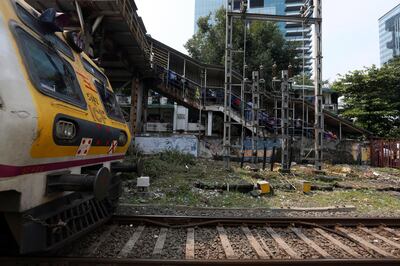
Raghu Reddy, who works in an accounting firm in Mumbai, told The National that he uses the Elphinstone footbridge often. He wasn’t at the station on Friday, he said, but he has frequently observed how poorly maintained the the decades-old bridge is.
“It is way too narrow for the number of people who use it, for starters,” he said. “The roof leaks in some parts, and you often feel that it’s unsafe and just waiting for an accident like this to happen.”
Local trains are the lifeline for the 20 million people of Mumbai, with around 7.5 million commuting by train dailyon three different lines and services running every three minutes on average.
Trains run packed to capacity, with roughly 5,300 people crowding into trains designed for 3,500, and during rush-hour, passengers are practically falling out of the open doors of the carriages. On average, nine people die on the tracks every day, according to statistics compiled by the railway police, either by losing their grip on the doors, falling while trying to get into packed compartments, hitting electric poles outside or doing stunts while hanging off the train. Official figures say some 3,400 people died in 2016 either from falling off the trains or while crossing the tracks of what is the world's most overcrowded suburban rail network.
Stampedes are also common at India's religious festivals with police and volunteer stewards often overwhelmed by crowds. In January, six women died in West Bengal state and last year 24 people were killed after a stampede broke out in the Hindu holy town of Varanasi.
Dozens of train services get cancelled daily during the monsoon as the tracks flood with rainwater.
By coincidence, Mr Goyal was scheduled to be in Mumbai on Friday anyway, to inaugurate 60 new suburban train services. The trains were intended to begin running after the end of the ongoing monsoon, taking the total number of daily services up to 3,043.
These trains were funded by a $430 million loan from the World Bank arranged in 2010. Since then, government budgets have allocated little by way of funds specifically for Mumbai’s train network.
In contrast, the bullet train project, pushed by prime minister Narendra Modi and expected to run the 500 kilometres from Ahmedabad to Mumbai, is financed by a $17 billion loan from Japan.
